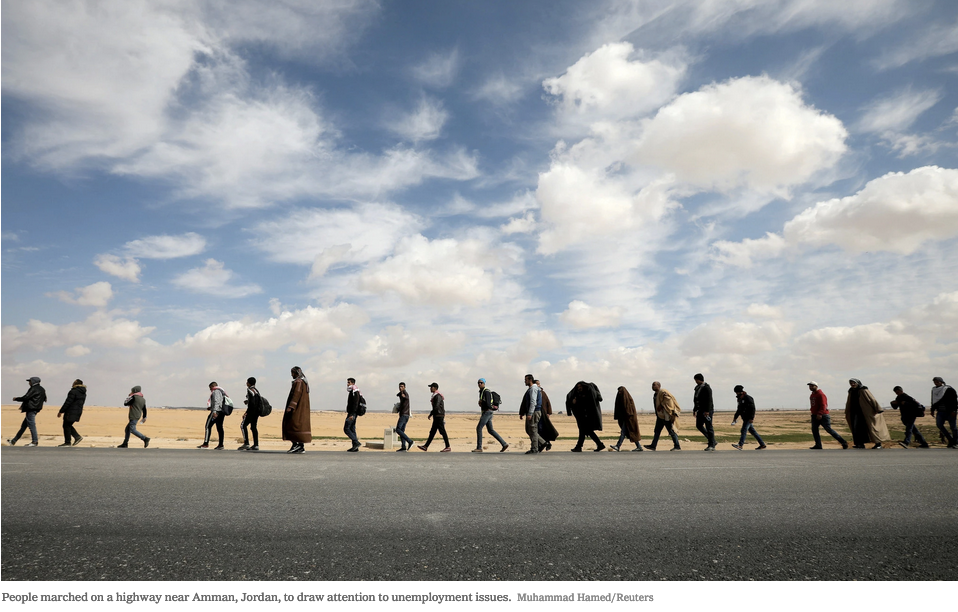AMMAN, Jordan — For the last half-century the politics of the Middle East has been shaped by five key pillars, but all five are now crumbling. A new Middle East is aborning — but not necessarily the flourishing one that people imagined in the 1990s.
This one is being shaped more by Twitter memes than by U.S. diplomats, more by unemployment than by terrorism, more by upheavals on the streets than by leaders in palaces, more by women than by men. Can’t say where it will all settle out, but for now, beware falling pillars.
How so? For starters, there was always a deep U.S. involvement in shaping the future of this region. But just look around today: The U.S. doesn’t even have ambassadors in Egypt, Turkey, Iraq, the United Arab Emirates, Jordan or Saudi Arabia, and the U.S. ambassador to Israel, a former Trump bankruptcy lawyer, is so enthralled with the right-wing Jewish settler movement that he is more a propagandist than a diplomat. Bye-bye American pie.
Second, there has always been some kind of Israeli-Palestinian peace process pushing for the best two-state solution. Again, bye-bye. Today, in truth, the U.S. and Israel seem to be engaged in a search for the best one-state solution, meaning permanent Israeli security control over the West Bank and East Jerusalem, along with some form of deep Palestinian autonomy.




